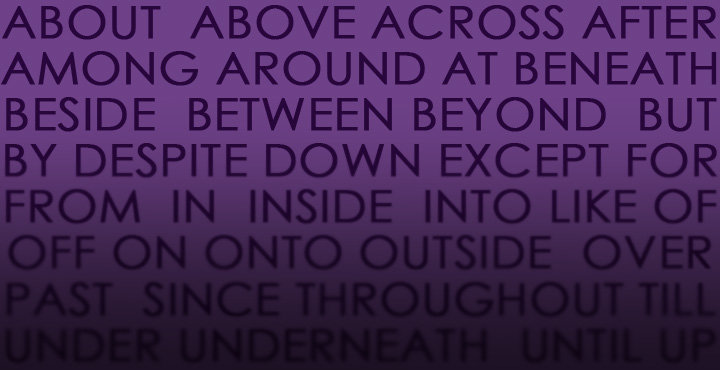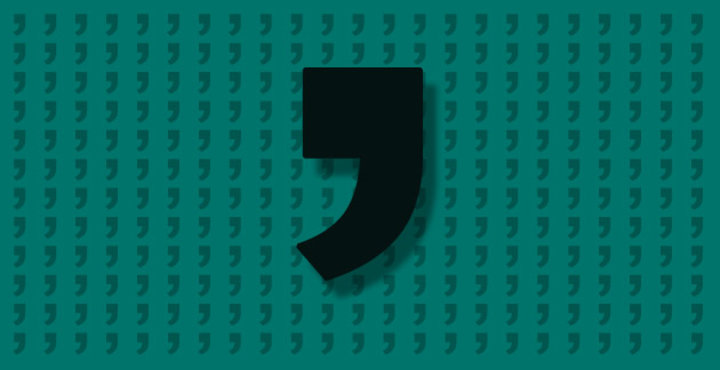A quick review of restrictive and non-restrictive sentences
The distinction between "which" versus "that" isn't just a common ESL mistake; it confuses many native English speakers as well. We're constantly coming across grammatically incorrect sentences like the following:
"The studies which previously showed oysters are unfit to eat proved incorrect."
"The kitten I bought, that came from the farm down the road, was very friendly."
Contrary to popular belief, "which" and "that" do not function in a similar capacity. Although "which" and "that" are both pronouns, they are not interchangeable. "Which" is used for non-restrictive phrases, and "that" is used for restrictive phrases.
Understanding restrictive and non-restrictive sentences
No idea what non-restrictive and restrictive phrases are, you say? Well, here's a quick explanation. A non-restrictive phrase is a phrase that is not essential to the meaning of the sentence. A restrictive phrase, on the other hand, is essential to the meaning of the sentence. Furthermore, when "which" is used in a non-restrictive phrase, it must be separated from the rest of the sentence by commas. Restrictive phrases using "that" do not require commas.
Examples of restrictive and non-restrictive sentences
The correct forms of the sentences provided above are:
"The studies that previously showed oysters are unfit to eat proved incorrect."
"The kitten I bought, which came from the farm down the road, was very friendly."
In the first example, the phrase "that previously showed oysters are unfit to eat" is restrictive because without it, the sentence is completely changed. The sentence "The studies proved incorrect" is not referring to the studies about oysters, but could be referring to any study.
In the second example, the phrase "which came from the farm down the road" does not change the sentence's meaning if the phrase were to be removed. The sentence would still be referring to the kitten that the speaker bought.
Different name, same concept
If the terms "restrictive" and "non-restrictive" are still unclear to you, we suggest referring to them as "essential" and "non-essential" instead. If the phrase is "essential" to the sentence, then the phrase is restrictive. If it is a "non-essential" part of the sentence, then the phrase is non-restrictive.
The modifying properties of "which" and "that"
Another, less frequent difference in the usage of "which" and "that" is in terms of what these pronouns modify. "That" can be used to modify the word preceding it, while "which" modifies the entire clause preceding it as illustrated in the following examples:
"He deleted the picture that upset me."
"He deleted the picture, which upset me."
In this case, the first example states that the picture was the cause of the speaker's emotional distress. In the second example, the act of deleting the picture caused the emotional reaction.
Restrictive sentences don't need to restrict your English writing
If you are still confused by this or any other grammatical issue, don't worry. Our English editors are available 24/7 to help handle all of your writing hang-ups.
Image source: Brendan Church/Pexels.com












